GĐXH - When the weather changes and turns cold, symptoms of bone and joint diseases become more severe, greatly affecting the patient's ability to move and perform daily activities.
According to statistics from the health sector, Vietnam is one of the countries with a high rate of people suffering from musculoskeletal diseases, with more than 30% of people over 35 years old and 60% of people over 65 years old. The disease is not only common in the elderly but the rate of infection in young people is increasing.
Musculoskeletal diseases are quite common such as: Diseases related to hands, feet, neck and shoulder pain, spinal pain, herniated disc, hemiplegia due to cerebrovascular disease, stroke...
Especially when the weather changes and turns cold, symptoms of bone and joint diseases become more severe, greatly affecting the patient's ability to move and function.
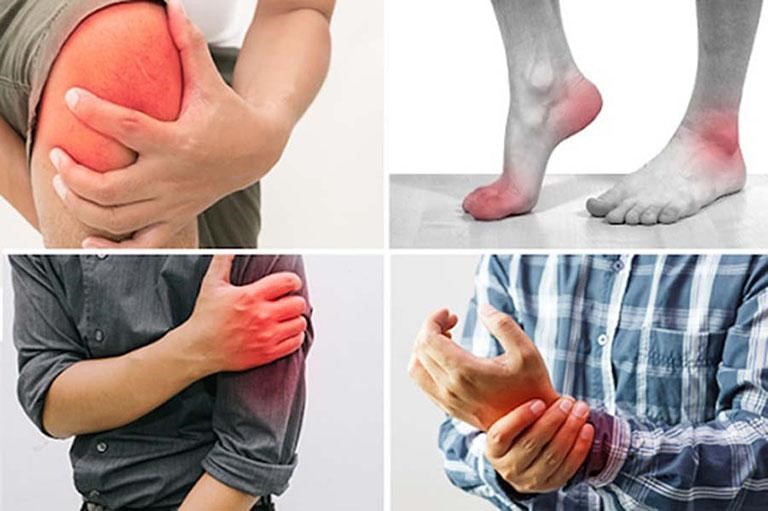
When the weather changes and turns cold, symptoms of bone and joint diseases become more severe. Illustration photo.
According to doctors of the Department of Neurology - Musculoskeletal, Phu Tho General Hospital, in addition to factors such as weight, genetics, age, weather also has a significant impact on the musculoskeletal system.
Changes in atmospheric pressure during cold weather and high humidity cause tendons, muscles, bones and scar tissue to contract, and cause a temporary imbalance in body pressure, increasing the sensitivity of nerve endings and increasing pain for the patient.
In addition, low temperatures, especially sudden changes in hot and cold temperatures, increase the viscosity of synovial fluid, making the joints stiffer and more difficult to move. Weather also affects mood, thereby indirectly affecting the feeling of pain.
How to limit joint pain caused by weather changes
Experts say that although it is difficult to avoid seasonal or weather-related joint pain outbreaks, there are some ways to limit joint pain when the weather changes, especially when the weather turns cold, such as:
Keep your body warm
Most of the heat is lost in the extremities, so it is important to wear scarves, hats, shoes and gloves. On cold days or when the seasons change, people with osteoarthritis should bathe in warm water and soak their feet in warm water to help the joints relax and reduce pain.
Rub oil or apply heat
When the joint shows signs of pain and stiffness due to cold weather, it is necessary to heat or warm the area around the pain with oil or hot compress. With hot compress, the patient can use a warm towel or hot compress bag placed on the painful area, should apply each time for about 15-20 minutes and should not be too hot to avoid burning the skin. An important note is not to rub oil and hot compress on the acutely inflamed joint area with symptoms of swelling, heat, redness, and pain.
Eat right
People with joint disease should supplement their diet with essential micronutrients such as calcium, vitamins A, C, D, and omega 3. In particular, they should eat foods such as salmon, herring, sardines, nuts, green leafy vegetables, and fruits, which are good for bones and joints.
Maintain an exercise routine
Staying physically active is important to manage arthritis flare-ups. Strength training and stretching exercises can help reduce pain and stiffness, improve joint range of motion, and increase metabolism and energy.
Things to note when suffering from joint pain during the changing seasons
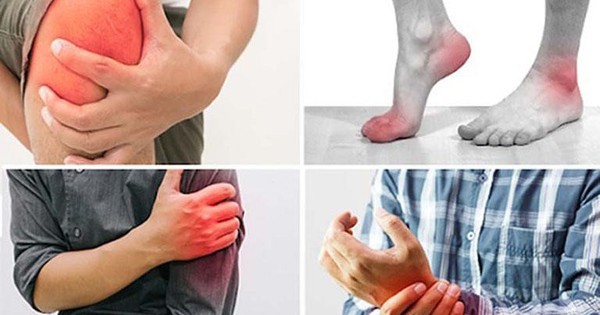
When suffering from joint pain, you should limit red meat intake, reduce foods high in salt and sugar, and avoid alcohol abuse. Illustration photo.
Limit sugary foods: Studies have shown that people who consume a lot of sugary drinks and foods may have a higher risk of arthritis than those who drink little or none. High sugar intake can also make arthritis symptoms worse.
Eat less salt: A diet high in sodium can be a risk factor for autoimmune diseases such as arthritis. Therefore, people with arthritis should cut down on salt in their daily diet to control the disease.
Avoid eating too much red meat: Red meat is higher in fat, especially saturated fat, than white meat or plant-based proteins. Therefore, eating a lot of red meat has been linked to increased inflammation and worsening joint swelling and arthritis symptoms.
Avoid alcohol abuse: Alcohol abuse is associated with an increased risk of osteoarthritis and can worsen symptoms of the disease. Anyone with arthritis should limit or avoid alcohol. Drinking alcohol can also increase the frequency and severity of gout attacks.
In addition to the above notes, experts recommend that to reduce joint pain, it is necessary to avoid following unscientific word-of-mouth experiences, drugs and functional foods of unknown origin to avoid making the disease worse.
In some cases, if the pain cannot be controlled and is accompanied by unusual symptoms, the patient should go to a specialized medical facility for timely examination and consultation.
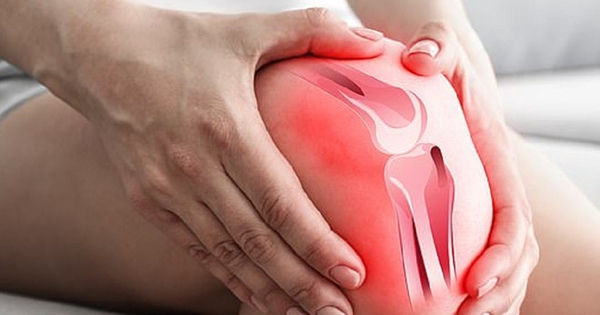 What to do with knee pain in cold weather?
What to do with knee pain in cold weather?Source: https://giadinh.suckhoedoisong.vn/dau-xuong-khop-khi-giao-mua-lam-the-nao-de-giam-bot-trieu-chung-172241024150553757.htm


![[Photo] National Assembly Chairman Tran Thanh Man holds talks with South Korean National Assembly Chairman Woo Won Shik](/_next/image?url=https%3A%2F%2Fvphoto.vietnam.vn%2Fthumb%2F1200x675%2Fvietnam%2Fresource%2FIMAGE%2F2025%2F11%2F20%2F1763629724919_hq-5175-jpg.webp&w=3840&q=75)

![[Photo] President Luong Cuong receives President of the Senate of the Czech Republic Milos Vystrcil](/_next/image?url=https%3A%2F%2Fvphoto.vietnam.vn%2Fthumb%2F1200x675%2Fvietnam%2Fresource%2FIMAGE%2F2025%2F11%2F20%2F1763629737266_ndo_br_1-jpg.webp&w=3840&q=75)
![[Photo] Lam Dong: Panoramic view of Lien Khuong waterfall rolling like never before](/_next/image?url=https%3A%2F%2Fvphoto.vietnam.vn%2Fthumb%2F1200x675%2Fvietnam%2Fresource%2FIMAGE%2F2025%2F11%2F20%2F1763633331783_lk7-jpg.webp&w=3840&q=75)


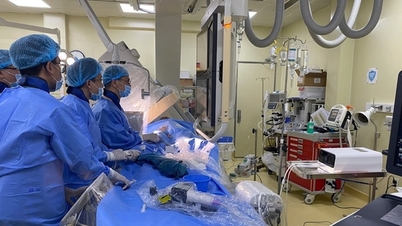



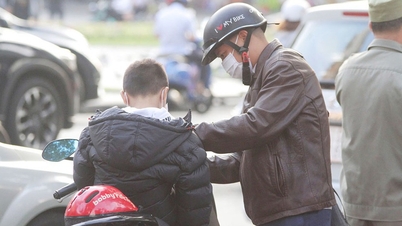
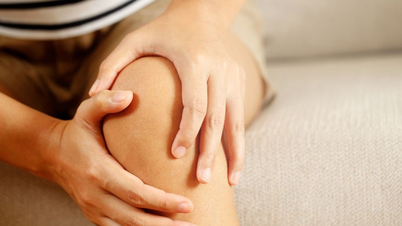





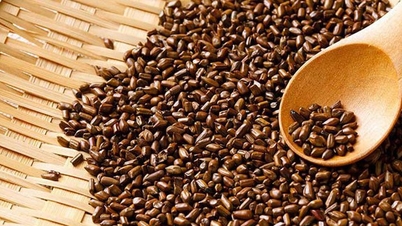
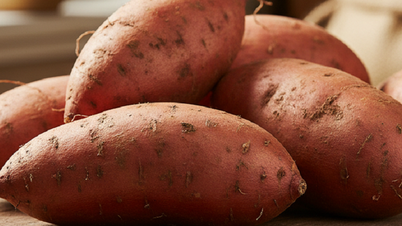
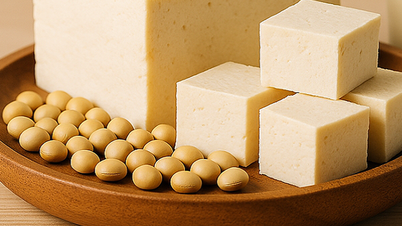
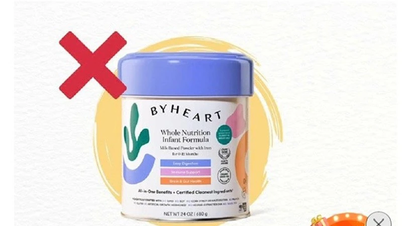


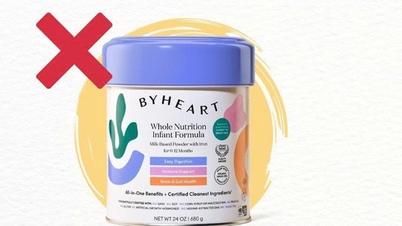




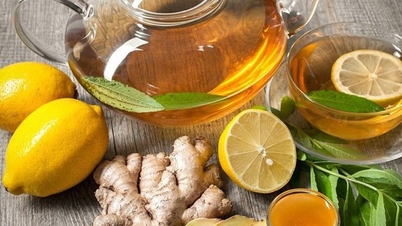
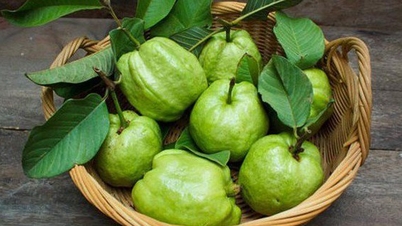
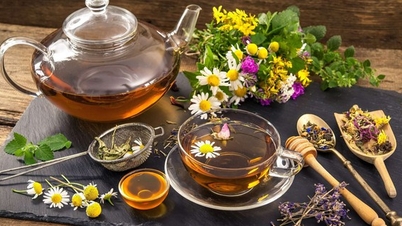


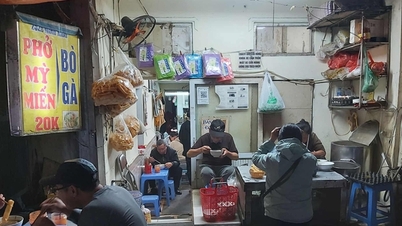









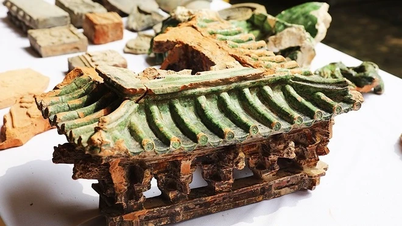



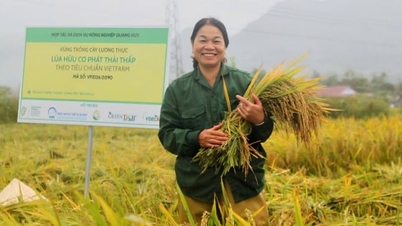

















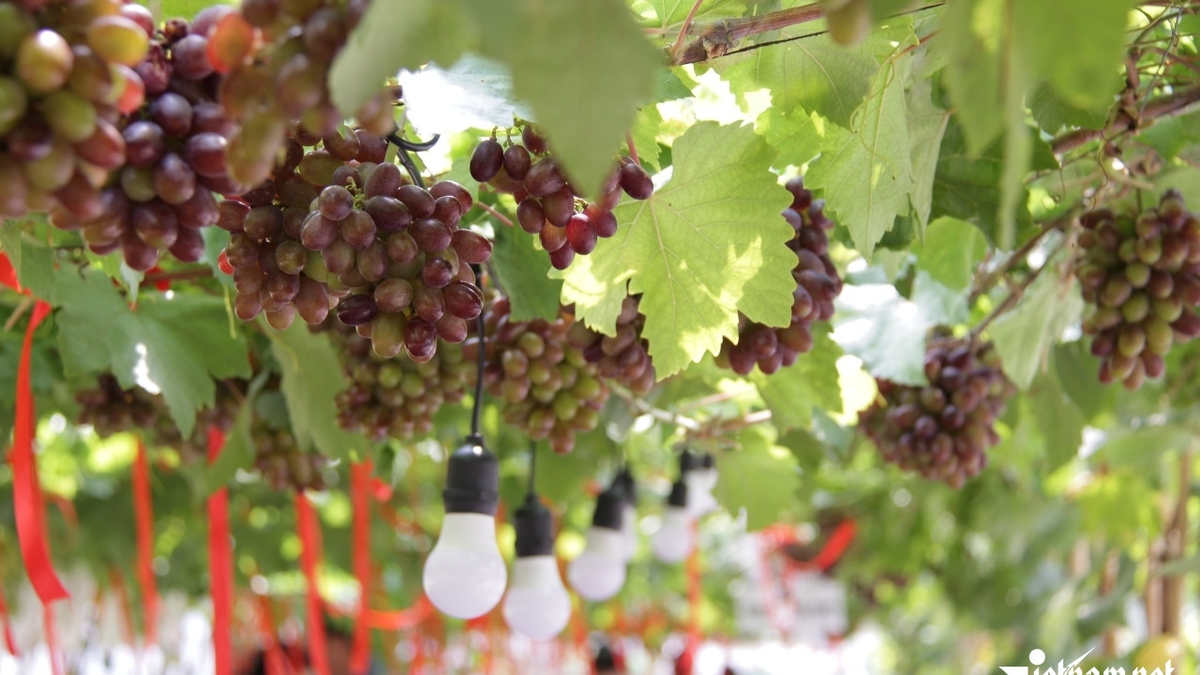













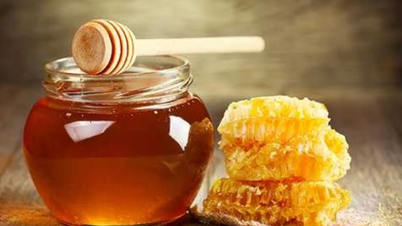






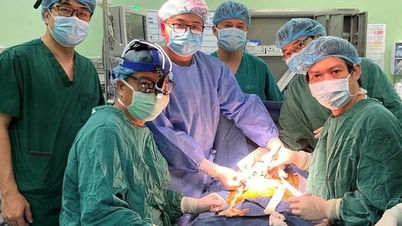



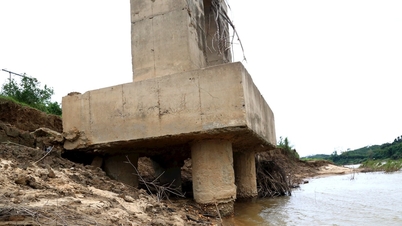

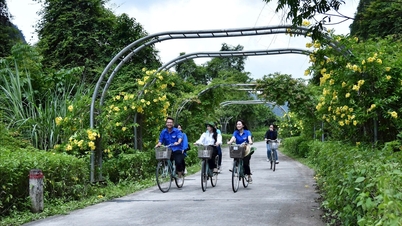



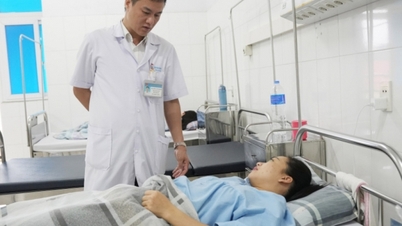


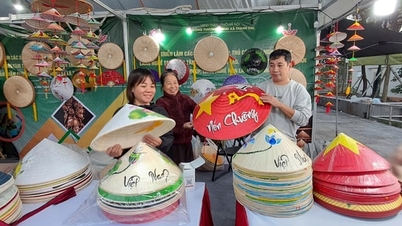

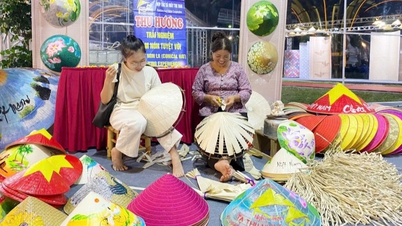


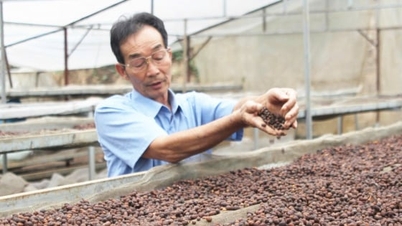





Comment (0)